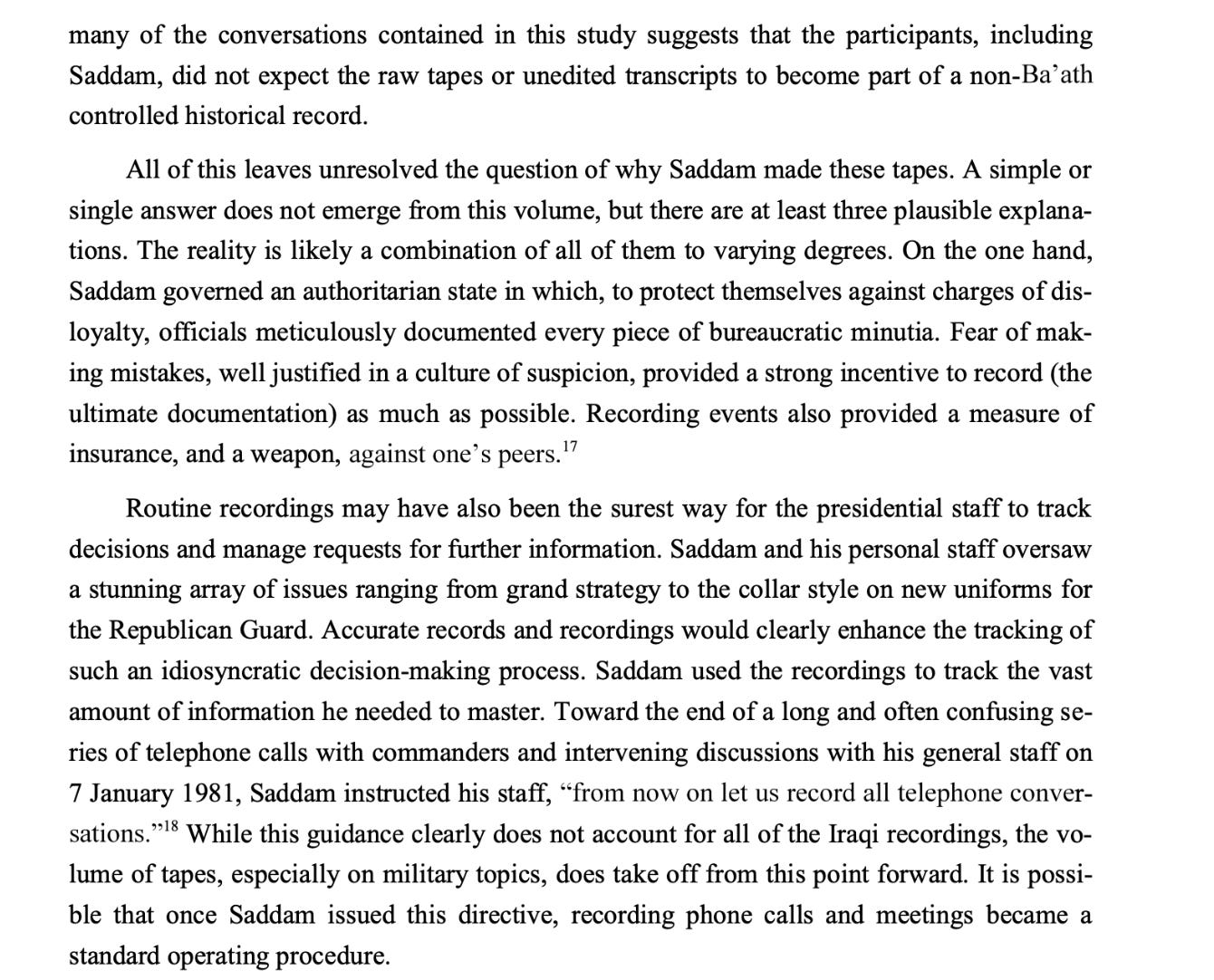Whether you’ve been coming to our weekly class or not, this week’s reading will be of interest to you if you’re seeking to understand contemporary Iran.
New readers and subscribers: You’re warmly welcomed to join us. So are old readers and subscribers, for that matter. The only requirement is that you do the week’s reading beforehand. (This does not necessarily mean reading every word of the assigned text—see below.)
If you’re so new that you have no idea what I’m talking about, let me explain. If you click on the “Middle East 101” tab on the Cosmopolitan Globalist’s home page, you’ll find the resources to teach yourself the history of the Arab-Israeli conflict.1 You’ll also find our lesson plans for the ongoing “Middle East 201” discussion group, where we treat the wider MENA region. Anyone who subscribes to the Cosmopolitan Globalist is welcome to avail themselves of these resources, in their entirety, and to join the discussions, which take place every Sunday at 4:30 pm Paris time. (The Zoom link is below.)
If you haven’t yet subscribed, why not try it? I absolutely guarantee it will be more rewarding to you, intellectually, than participating in a discussion of the Middle East on social media or learning more about the history of the region from Tucker Carlson’s guests.
We’ve spent a bit of time already on the Iranian Revolution: Here’s that reading list and the lesson plan, if you missed it. (Of course, there’s much more to discuss.)
Reading
For this coming Sunday, please read as much as you can of Pierre Razoux’s The Iran-Iraq War. The link takes you to the first online edition I found, but if you don’t like that format, it’s not the only free version available online. (If you Google the title, plus “free PDF,” you should see a few pages of promising results, though I haven’t tried downloading them.) You can also buy it on Amazon, but it’s expensive.
From the publisher’s blurb:
From 1980 to 1988, Iran and Iraq fought the longest conventional war of the twentieth century. The tragedies included the slaughter of child soldiers, the use of chemical weapons, the striking of civilian shipping in the Gulf, and the destruction of cities. The Iran-Iraq War offers an unflinching look at a conflict seared into the region’s collective memory but little understood in the West. Pierre Razoux shows why this war remains central to understanding Middle Eastern geopolitics, from the deep-rooted distrust between Sunni and Shia Muslims, to Iran’s obsession with nuclear power, to the continuing struggles in Iraq. He provides invaluable keys to decipher Iran’s behavior and internal struggle today.
Razoux’s account is based on unpublished military archives, oral histories, and interviews, as well as audio recordings seized by the U.S. Army detailing Saddam Hussein’s debates with his generals. Tracing the war’s shifting strategies and political dynamics—military operations, the jockeying of opposition forces within each regime, the impact on oil production so essential to both countries—Razoux also looks at the international picture. From the United States and Soviet Union to Israel, Europe, China, and the Arab powers, many nations meddled in this conflict, supporting one side or the other and sometimes switching allegiances.
The Iran-Iraq War answers questions that have puzzled historians. Why did Saddam embark on this expensive, ultimately fruitless conflict? Why did the war last eight years when it could have ended in months? Who, if anyone, was the true winner when so much was lost?
This is the best and most comprehensive history available in English. (It’s translated from the French, which if you prefer you can read here.) It’s a long book. If you’ve got something else going on this week, you won’t be able to read every word of it by Sunday. So here’s what I’d like you to do: Start by reading the reviews of the book, then read the introduction, the conclusion, and the table of contents. Then read the first few paragraphs of each chapter. Get a sense of the structure of the book: its key arguments, its chronology. Don’t go through it from the beginning, line by line. Then figure out what you want to learn from the book based on what you’ve read so far. Use the chapters and the index to find the answers to those questions. Do the same with the study questions below.
Reviews:
By M. Pitcavage, on Amazon. (It’s a critical review, and I agree with the criticism. But I know of no good books on this topic that don’t suffer from these flaws.)
Please also read Marjane Satrapi’s graphic novel masterpiece, Persepolis, based on her childhood and adolescence in Iran during and after the war. Both volumes are available online at the link. I just spent the afternoon re-reading it. I didn’t mean to, but I’d forgotten how good it is. (They also made it into a movie, which I haven’t seen, so I can’t say if it’s any good.)
Here’s a Persepolis study guide written by the Comic Book Legal Defense Fund, but it seems to be written for kids. (You don’t need me to write a better one. I trust you know how to read a comic book.)
I don’t think you’ll have time to read it for this coming Sunday, but if you do, please also read Genocide in Iraq: The Anfal Campaign Against the Kurds. (Don’t prioritize this over the other reading, though: If we need to take an extra week for this topic, we’ll take an extra week.)
If you’re looking for further reading, try these books and articles:
The Iran–Iraq War: A Military and Strategic History, by Williamson Murray and Kevin M. Woods. I haven’t read this, and the scholarly reviews suggest it isn’t as good as Razoux, but it comes recommended by military historians on Reddit.
The Longest War: The Iran-Iraq Military Conflict, by Dilip Hiro. This is good, but the scholarship is now out of date, because when the Ba’ath regime collapsed in 2003, US forces came into possession of Iraqi state records. We discovered that Saddam had long been in the habit of recording his meetings with his generals and members of his inner circle. There were thousands of hours of worth of audio and video from this period—an archive that left the regime’s strategic perspective and decision-making processes as transparent to historians as any regime’s will ever be. We were also able to interview Saddam at great length. .
The Shi'is of Iraq, by Yitzhak Nakash. The copy at the link is incomplete, but it might be possible to find the full version in PDF form online.
“In my eyes he was a man:” Poor and working class soldiers in the Iran-Iraq War, by Shaherzad R. Ahmadi, which explores Iran’s use of boys as human minesweepers during the war. From the abstract:
During the Pahlavi period in Iran (1925–79), poor and working-class families were more likely to expect young sons to work to support the household. These boys, in turn, were more autonomous. Middle-class families, on the other hand, protected and controlled boys. Researchers have assumed that religious zealotry was the primary inspiration for boys to enlist in the Iran-Iraq War (1980–88) after the 1979 Islamic Revolution, ignoring the ways in which class inflected boyhood. While religious fervor may have been a motivation for some of the poor and working-class Iranian boys (between ten and fourteen) who enlisted, the expectation that they work took precedence. Moreover, at least some of these boys were eager to participate in war-front masculine homosociality rather than remain in feminized domestic spaces. This study analyzes biographies, census data, newspaper accounts, and original oral history interviews.
Saddam’s Qadisiyyah: A Survey of Saddam’s Audio Files, 1978–2001. This is fascinating. From the introduction:
Chronology
Keep reading with a 7-day free trial
Subscribe to The Cosmopolitan Globalist to keep reading this post and get 7 days of free access to the full post archives.









